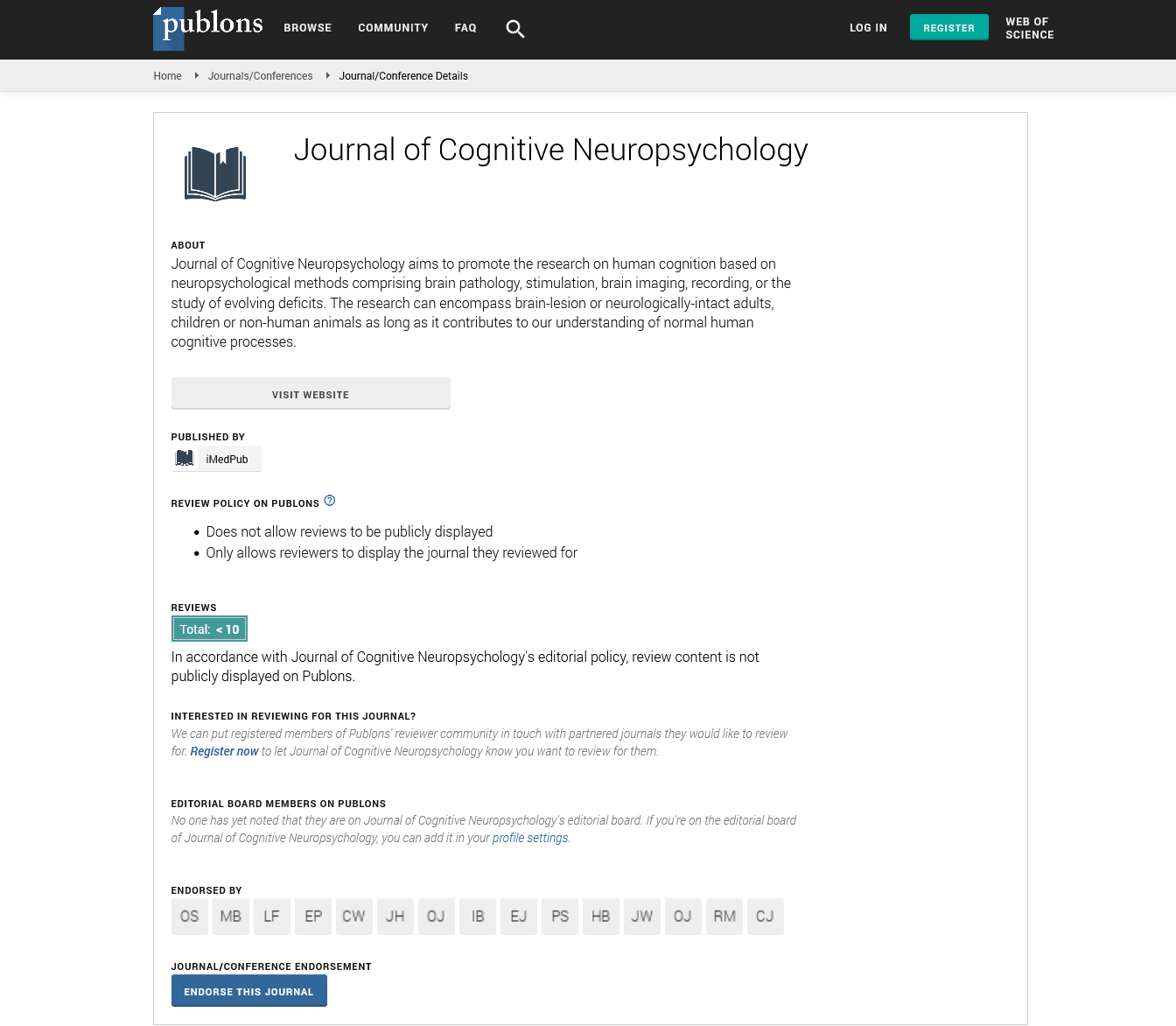A NEW HYPOTHESIS OF MEMORY IMPAIRMENT AS A RESULT OF AGING
World Congress on Neurorehabilitation
July 05-06 2021 | Webinar
Nugzar Aleksid
University Geomedi, Tbilisi, Georgia
ScientificTracks Abstracts: J Cog Neu
Abstract
As is known for the correct decision of maze tests, young rats achieve a maximum criterion after the second test, old rats needed more tests for this, but still did not achieve a maximum criterion. We suggested, that this fact should have been caused by age-related changes at the level of soluble proteins of the brain. For this purpose a quantitative distribution of water soluble protein fractions of the young and old rats brain was studied according to molecular masses. We assumed that the memory impairment should have been due to the formation of disulfide bonds among the low molecular proteins at the expense of their aggregation. Based on the above-said, a quantitative distribution of sulfhydryl and disulfide groups in the soluble proteins of young and old rats brain was specially studied. It has been established that the number of disulfide groups of water soluble proteins of old rats brain was increased by 50-60%, as compared to young ones. Based on the above-mentioned, we have got interested in the activity of NADP-H-dependent disulfide reductase activity in the various areas of old and young rats brain. Particularly, the activity of NADP-H-dependent disulfide reductase appeared to be decreased about by 35-50% in various areas of only old rats. Proceeding from thes result, we search the impact of the injection of hydrocortisone in the ventricles of young and old rats brain on the elaboration of NADP-H-dependent disulfide reductase activity and conditional avoidance reflexes in young and old rats, the number of sulfhydryl groups increases by 45% only in old rats, relatively the development of conditional avoidance reflex were improved by 70%. A method for preventing memory impairment during aging by nutrition and physical activity is proposed.
Google Scholar citation report
Citations : 8
Journal of Cognitive Neuropsychology received 8 citations as per Google Scholar report
Journal of Cognitive Neuropsychology peer review process verified at publons
Abstracted/Indexed in
- Google Scholar
- Publons
- MIAR
Open Access Journals
- Aquaculture & Veterinary Science
- Chemistry & Chemical Sciences
- Clinical Sciences
- Engineering
- General Science
- Genetics & Molecular Biology
- Health Care & Nursing
- Immunology & Microbiology
- Materials Science
- Mathematics & Physics
- Medical Sciences
- Neurology & Psychiatry
- Oncology & Cancer Science
- Pharmaceutical Sciences
